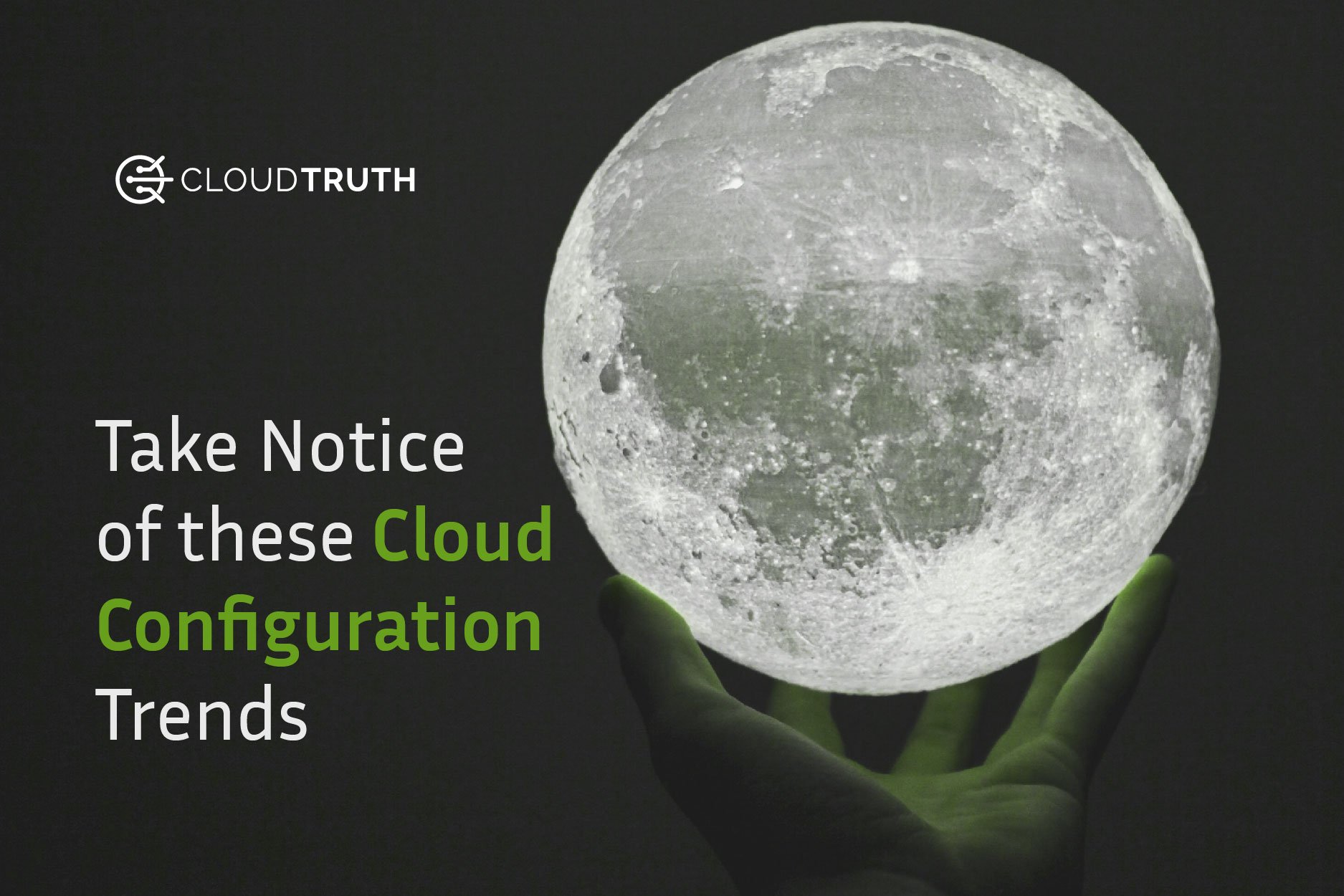Cloud computing has proven essential for businesses adapting to the global pandemic by shifting their attention toward digital services. In 2022, better cloud configuration management is required to keep pace with growth and will consume a greater role in DevOps day-to-day activities and budgets, which is why it’s important to understand these emerging cloud configuration trends.
Cloud, SaaS, and mobile app innovations are accelerating and it’s tough to track all the changes. This includes infrastructure and application configuration challenges to improve security and reliability.
Today’s Cloud Configuration Trends
The patchwork of cloud environments forming much of the digital landscape today is full of complexity. Centralizing configuration management has become a top priority for organizations that prefer to grow with the cloud rather than let it drift out of reach, creating a pressing need for configuration management solutions that scale alongside them.
Stay on the lookout for these emerging trends as your organization configures its various cloud environments moving forward.
Fast Rise of Kubernetes and Microservices
Kubernetes, an open-source container orchestration platform providing automatic scaling, deployment, and management of containerized workloads, is becoming the standard for deploying software to any cloud environment.
Kubernetes simplifies managing microservices at scale, allowing a “write once, deploy anywhere approach” which is appealing to tech teams interested in multi or hybrid cloud architectures.
Most cloud providers offer a managed Kubernetes platform, which makes it easier to get started. But customers still need to manage internal Kubernetes configurations with new tools and workflows.
Hybrid Cloud and Multi-Cloud Environments
The great migration of workloads from on-premise infrastructures to the expanding cloud has already happened for most enterprises, resulting in hybrid and multi-cloud environments. While similar, the two differ in their blending of cloud services. Hybrid cloud deployments combine multiple types of clouds while multi-cloud environments are a mixture of clouds of the same type. The trend is so common that 80 percent of companies in the cloud have embraced a multi-cloud approach.
Companies are employing this strategy to boost agility and innovation without making any sacrifices in security or risk management. There will likely be an increasing need for organizations to build cloud-native applications with practically zero architectural dependence on any single cloud provider.
Serverless Computing
Also called “functions-as-a-service,” serverless takes the cloud’s initial value proposition to new heights. Instead of “pay as you go” by the hour for virtual machines, serverless is “pay as you go” for each function, down to fractions of seconds.
Embracing a “serverless” mindset has pros and cons, but successfully executed, results in more cost savings and reliability advantages in the long run.
Be on the lookout for new configuration management strategies that are nare needed to maximize the serverless opportunity.
Edge Computing
An alternative approach to computing and storing data in a cloud environment, edge computing entails constructing localized data centers for computation and storage, rather than at a distant central location. Since data and resources are closer to the end user’s device, it can be processed locally, saving your organization time and money. Edge computing is often misperceived as a competitor to cloud computing and yet, in reality, the two have a complementary relationship.
Your organization would find edge computing to be appropriate for time-sensitive data, such as sensors, machine learning, and AI-powered smart devices.
Edge computing is an exciting opportunity for companies looking to increase efficiency, offering speedier data processing and low latency, as well as enhanced connectivity, security, and privacy support.
Be Ready for Whatever the Future Holds
The success of cloud services has skyrocketed over the last decade. By facilitating innovation, control, flexibility, and cost savings, the cloud promises far too many advantages for your organization to pass up.
However, proper cloud configuration management becomes ever more necessary as your tech stack begins to grow with newer applications. The importance of centralizing your cloud configuration management within a single platform cannot be overstated as emerging trends continue to shape the digital landscape.
CloudTruth’s new configuration management platform is a forward-looking way to sync and scale your config for infrastructure, applications, and secrets.
Our bite-sized newsletter with DevSecOps industry tips and security alerts to increase pipeline velocity and system security.


